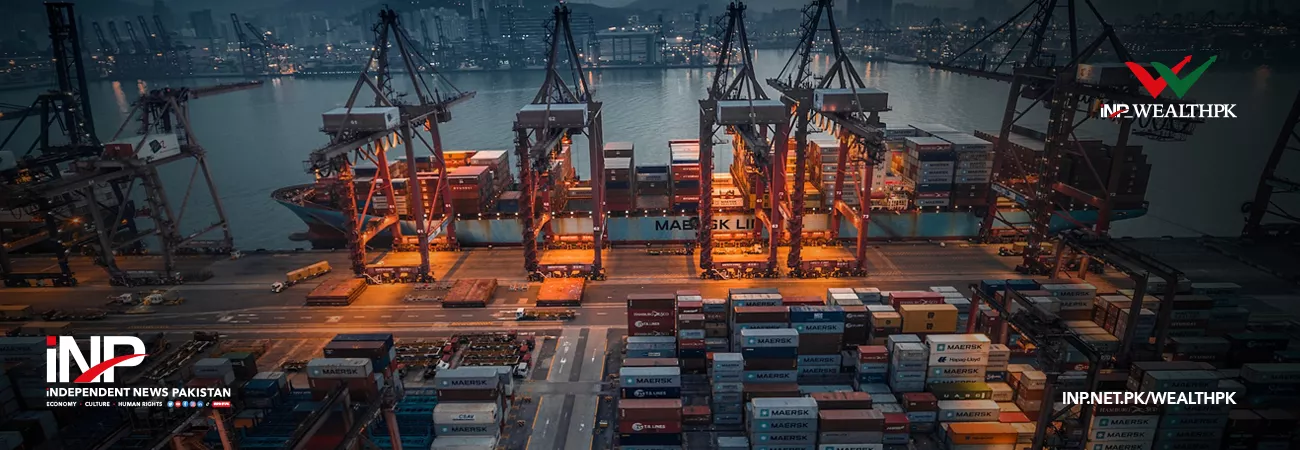INP-WealthPk
Ayesha Saba
Identifying and developing the sectors that possess a latent comparative advantage (LCA) can play a big role in addressing Pakistan’s perennial trade imbalances and realising its economic objectives. However, it is important to carefully plan and implement strategies to ensure sustainable development of these industries, so they have no or minimal social and environmental impacts.
This was highlighted by Alamgir Chaudhary, chief executive officer of National Productivity Organisation (NPO), while talking to WealthPK. “Pakistan has experienced trade and current account deficits for decades because of its export woes. Despite the government having taken various initiatives, no major change has been witnessed in industrial growth in the country.”
“By focusing on industries where Pakistan has inherent strengths and competitive advantages, the country can increase its exports, generate foreign exchange, create employment opportunities, and boost economic growth,” the NPO chief stressed. “Industrialisation strategies have failed to deliver for a variety of reasons, including a lack of competitiveness, insufficient infrastructure, product innovation, low factor productivity, and poor foreign marketing of Pakistani products,” explained Alamgir Chaudhary.
He noted that it was important to figure out in which industries Pakistan has a competitive edge in terms of low labour costs and abundant resources. “Due to their cost-effective production, such industries will have a strong competitive position in the worldwide market. As a result, securing the markets for such low-cost, high-margin commodities would be easy and lead to long-term, dynamic growth, pushing a developing country like Pakistan move up the economic ladder.”
“Pakistan possesses a latent comparative advantage in some labour-intensive products that should be encouraged to become export engines. Footwear, clothing, video and radio equipment, trunks and cases, cotton yarn, iron, agro-processing industries, dyeing and colouring materials, printing industry, glass and glassware are just a few of the sub-sectors that can help Pakistan boost its exports,” he said, adding that Pakistan can realise this potential through the China-Pakistan Economic Corridor (CPEC).
Alamgir Chaudhary said the second phase of CPEC aims to transform the manufacturing sector through the creation of Special Economic Zones (SEZs) and forging industrial collaboration with China. “The SEZs will help promote industry agglomeration, resulting in cost-effective innovations and high value-added goods. As a result, the products of Pakistan will be more cost-competitive in the global market,” he noted. “Consequently, this will boost exports, allowing Pakistan to lower its trade deficit.”
The NPO chief called for identifying the industries that have LCA and then carve out a plan to attract investment and industrial relocation from China. He said Pakistan should also focus on research and development, study global market trends and demand patterns to identify sectors that have the potential for growth in international markets.
Credit: Independent News Pakistan-WealthPk




